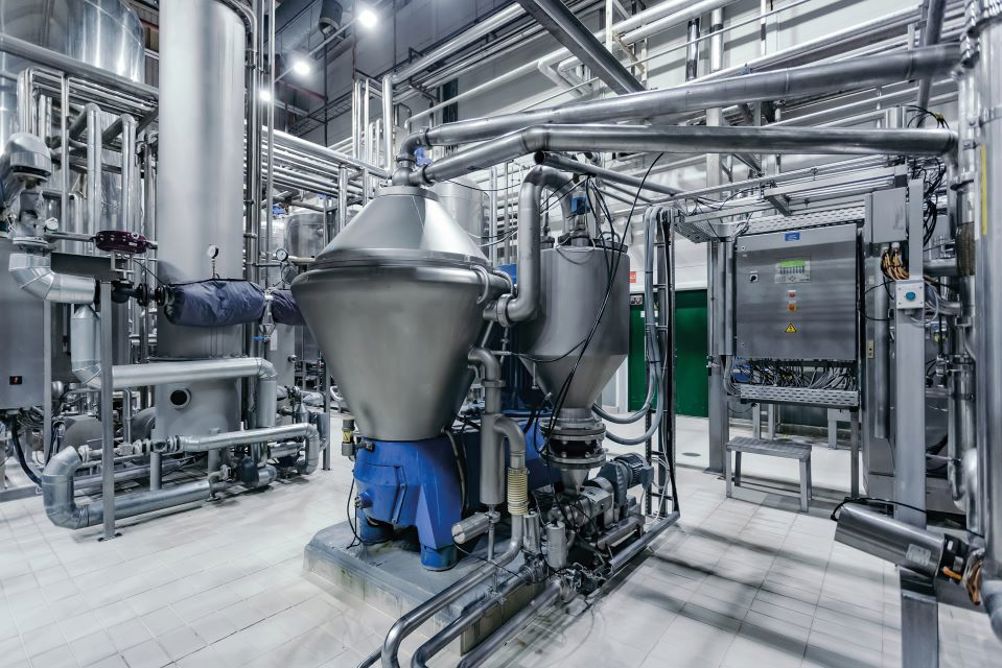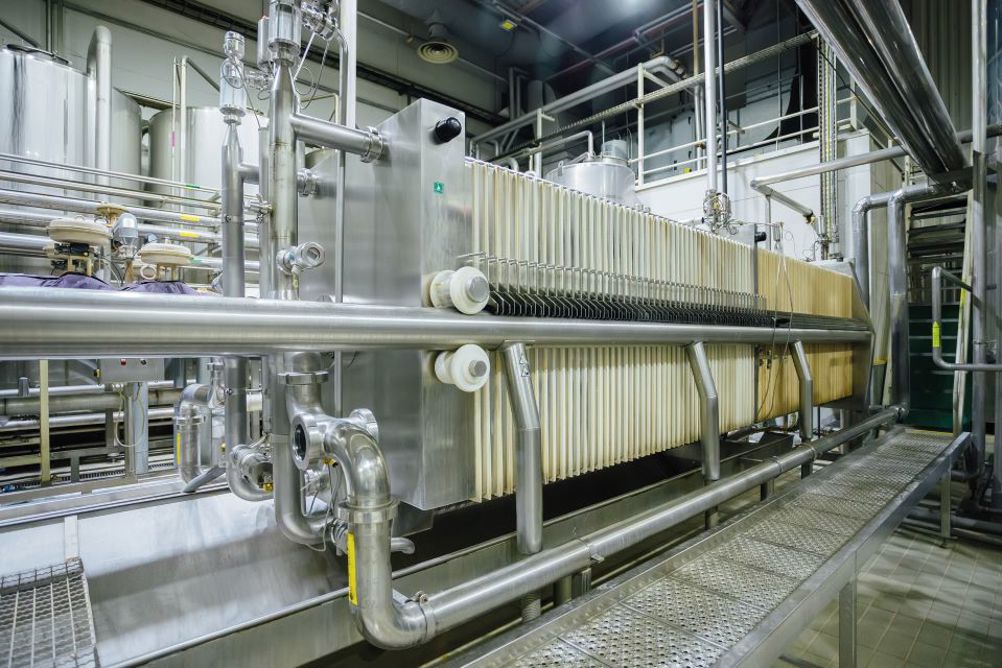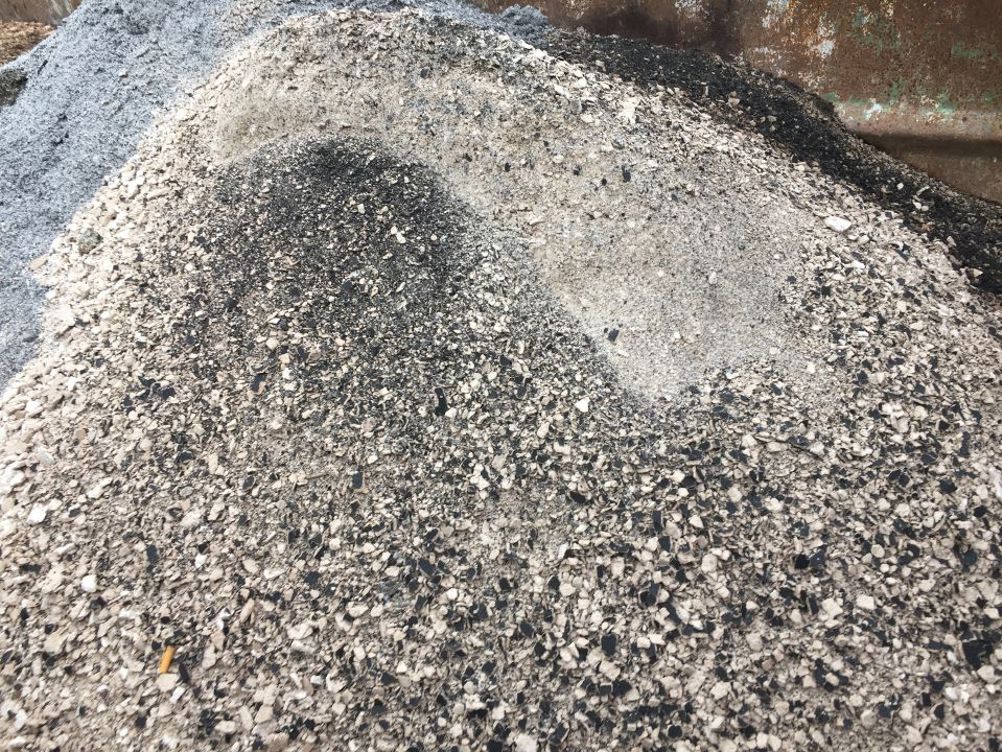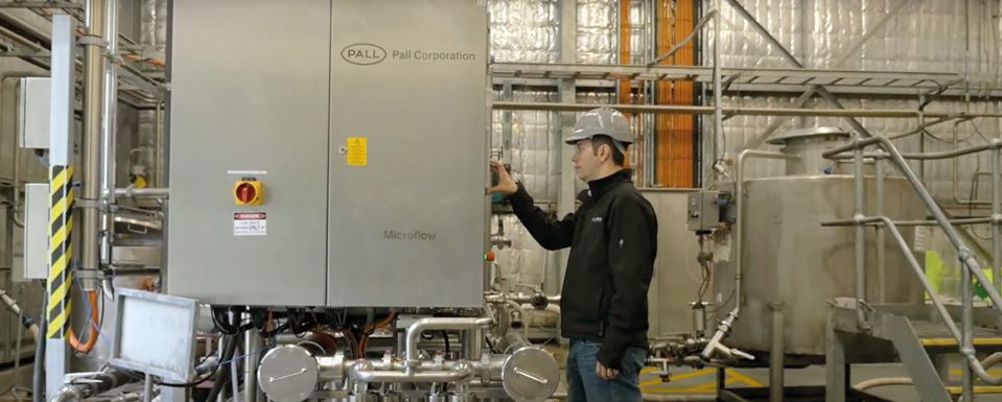Whether you are a keen home brewer or a multi-national producer, filtration and/or separation has always been a key part of the process to ensure the highest quality finished product.
In real ale production, some craft breweries do not use filtration at all, allowing the brewing process to naturally separate the beer from its ingredients which form a sediment on the bottom of the cask (barrel).
This means that when an ale is delivered to a pub or bar, it can’t be served immediately but needs time to ‘settle’ in the cellar before being ‘tapped’ or opened and left to breathe, usually overnight.
However, beer or lager delivered in pressurized kegs can be served almost immediately with filtration ensuring the clear, ‘bright’ appearance often desired by drinkers.

Potential pollutants
Filtration ensures consistency, especially with mass production as it removes a range of potential pollutants including residual ingredients such as hops, malts and grains along with yeast cells which, while essential to the brewing process, can spoil the flavor if left untreated. Microorganisms and proteins can also spoil a beer’s taste.
At the Gower Brewery in Wales, UK, beer set to be bottled is initially put into a fermenting vessel and chilled to 2°C in the first stage of the filtration/separation process.
Consultant master brewer Dave Campbell explained: “Natural gravity causes the particles to drop out of the vessel with the bulk of the waste going to a bio-treatment plant.
The clear beer then runs through a centrifuge which rotates at 9,000 rpm and removes most of the yeast and all the hops.
“Then the beer is put through a sheet filter which filters it down to about 3μm. As it leaves it is bright and goes to a bright tank for bottling.”
The larger the brewing operation, the more automated it becomes.
Key elements such as flow rate, pressure and temperature can be monitored using sensor technology which can be adjusted accordingly.
This ensures the optimum use of ingredients and water, reducing costs and minimizing labor.

Microfiltration membranes
More developed industrial filters include hollow fiber membrane systems which offer high mechanical strength and durability allowing continuous operation with minimal environmental impact. For example, Carlsberg’s Fredericia brewery in Denmark, one of the largest in Europe, uses NX Filtration’s microfiltration membranes.
Peter Rasmussen, production manager at Carlsberg, said: “The beer filtration membranes increased our filtration uptime by more than 50% and significantly reduced the consumption of energy, chemicals and water. This not only reduces costs but is also contributing to our goal to have zero water waste by 2030.”
Membrane systems are also used to produce increasingly popular non-alcoholic drinks. They work by filtering water and ethanol from an alcoholic drink at high velocity under pressure. Water and ethanol pass through the membrane pores and are removed. Water is then reintroduced to make up the required volume of the drink.
Like real ale, solids precipitated in wine production traditionally settle over time as part of a natural clarification process but most commercial producers use filtration to accelerate production.
Particulates include crystals, commonly calcium or potassium bitartrate, yeast, bacteria, mold and residual grape matter. Clarity is often measured in nephelometric turbidity units (NTU). Immediately after fermentation wines contain large and small particles making them well above 200 NTU and are settled, fined or centrifuged.
Crossflow filtration
Macrofiltration can then take place with steps ranging from coarse metal screens to depth filters traditionally made from diatomaceous earth, cellulose or a combination of the two. Once the wine is below 60 NTU, pad filters or crossflow filtration can be used followed by microfiltration using membranes to remove yeast or bacteria.
The final stage of filtration occurs at the bottling stage where surface filters as fine as 0.45 μm guarantee removal of microorganisms. This is known as absolute filtration.
Absolute filters are made to have a more regular pore size. The absolute micron rating indicates the maximum pore or opening size of the filter medium. Anything larger than this pore size will not pass through the filter and will be retained on the filter surface.
Many wine makers may try and avoid tight surface filtration in the belief that it will strip the color and aroma of red wines especially.
However, most modern day surface filters are made of nylon, polyethersulfone and polyvinylidene fluoride. These are non-polar and cause minimal adsorption of color from wines being filtered.
Due to its negative environmental impact, diatomaceous earth has rapidly been replaced by alternatives such as perlite, an amorphous volcanic glass which in turn has been superseded by the development of crossflow filtration.
Diatomaceous earth
At the Yalumba winery in South Australia, a high solids crossflow filter system was installed at both the Angaston and Oxford Landing wineries for lees wine recovery, with immediate results. Perlite and diatomaceous earth sent to landfill fell by 76% while all filtered wine solids were sent for alcohol and tartrate recovery as distillation.

John Ide, winery operations manager at Yalumba, said: “Previously we were purchasing 200 tons of Perlite a year and after we had filtered the lees out that doubled in volume to around 400 tons.
“Now that is down to around 50 tons of Perlite a year so we have reduced wastage by about three quarters. We were committed to finding a solution that would not only benefit us but the whole wine industry.”

Matt Holdstock, senior oenologist at the Australian Wine Research Institute, added: “We are seeing an increasing adoption of wine crossflow and lees crossflow filters.
“Crossflow is seen as one of the most important recent advances in wine production, allowing reduced filtration stages, more automation, improved wine quality and the elimination of filter aids and their associated health and safety issues.”
About the author
This article was written by Andrew Smith, a freelance writer.
This article first appeared in the November 2023 issue of Filtration+Separation magazine. To read the full issue, click here.






